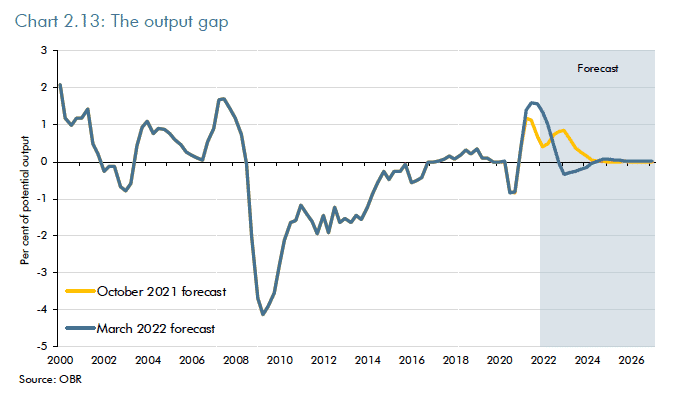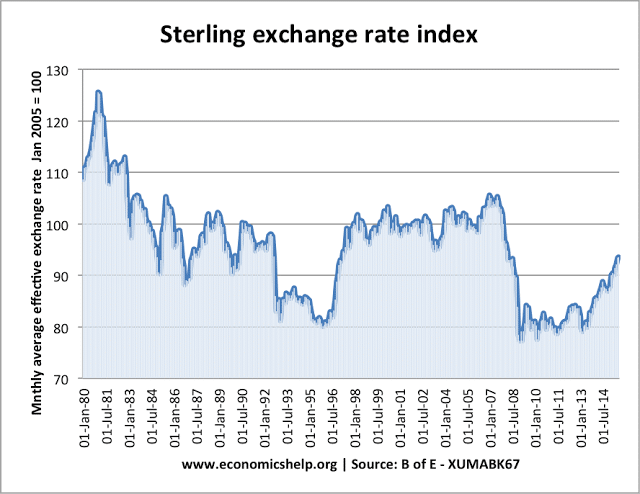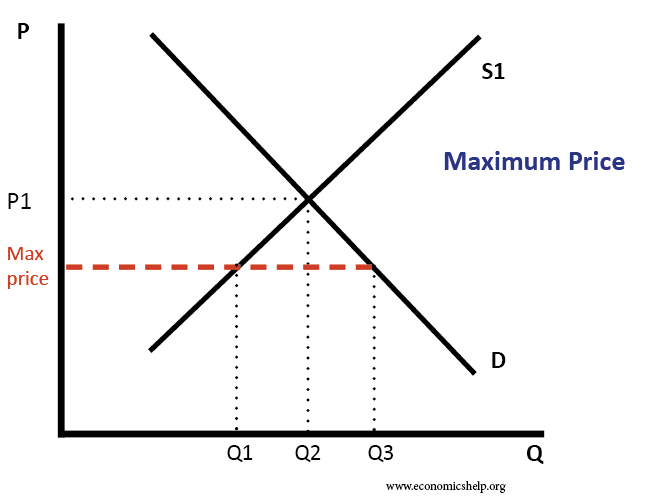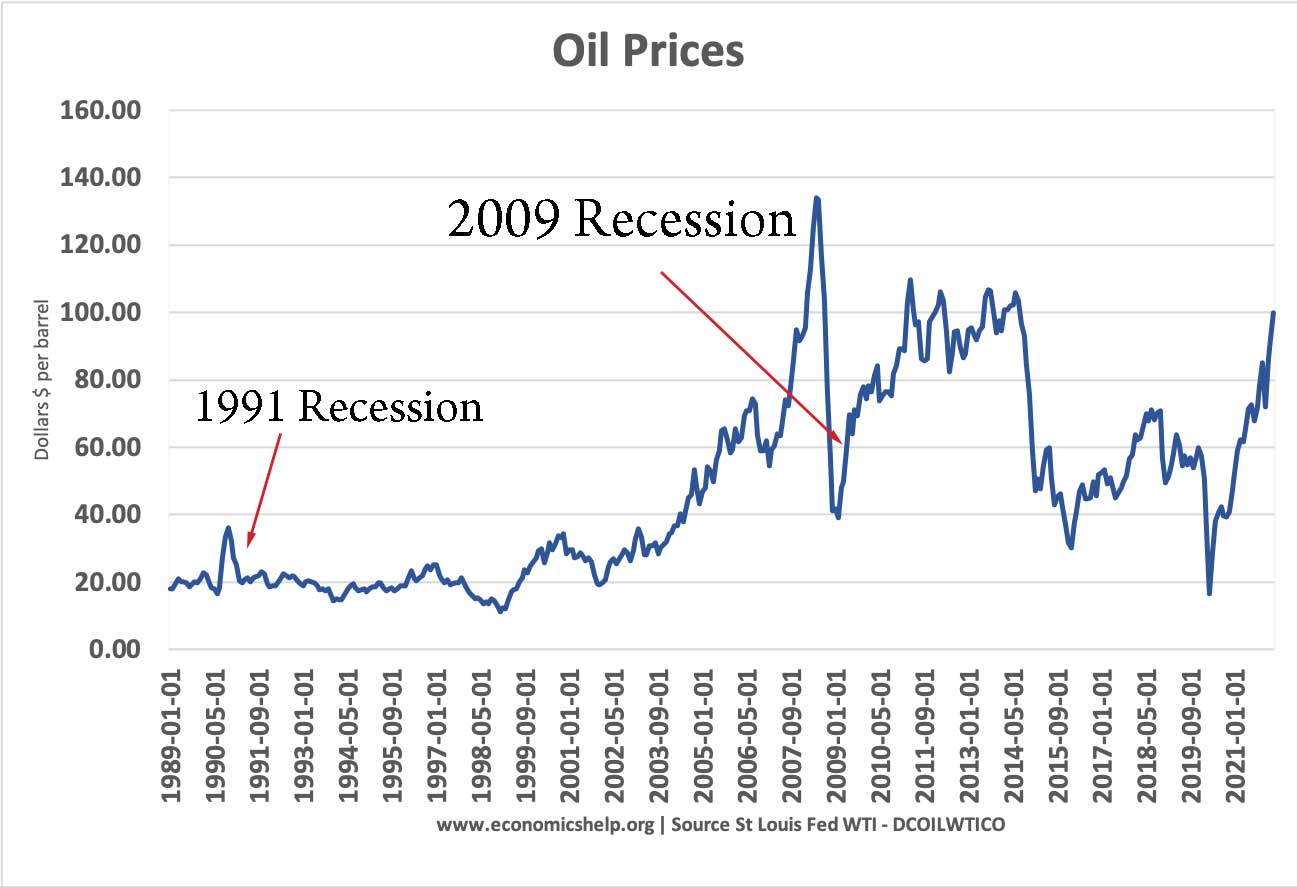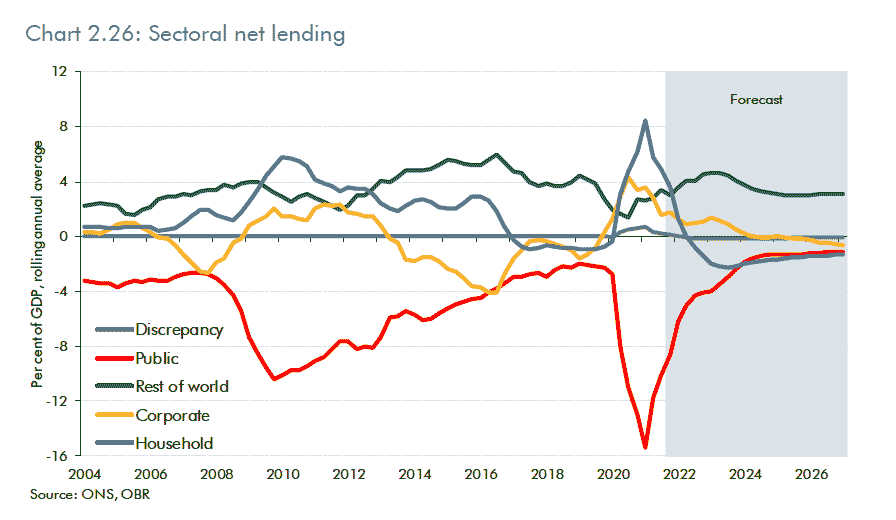What is the UK’s actual Output Gap?
The output gap is a measure of the difference between actual output (Y) and potential output (Yf). Output gap = Y- Yf A Negative Output Gap occurs when actual output is less than potential output gap. In a recession, a fall in Real GDP causes a negative output gap. However, it can become difficult to …

